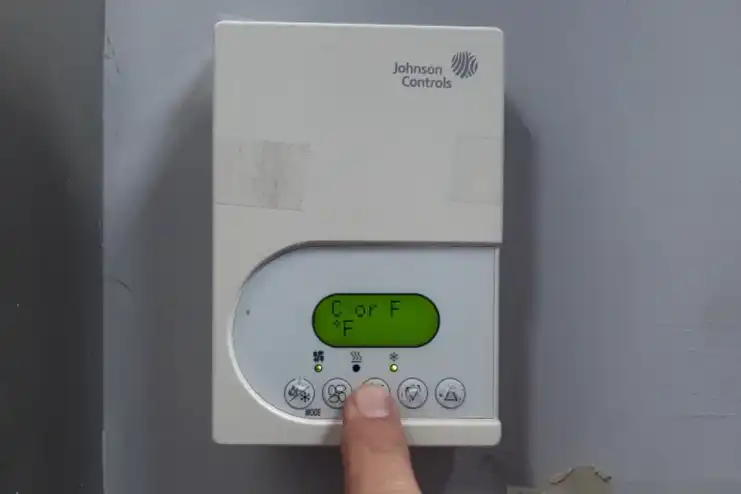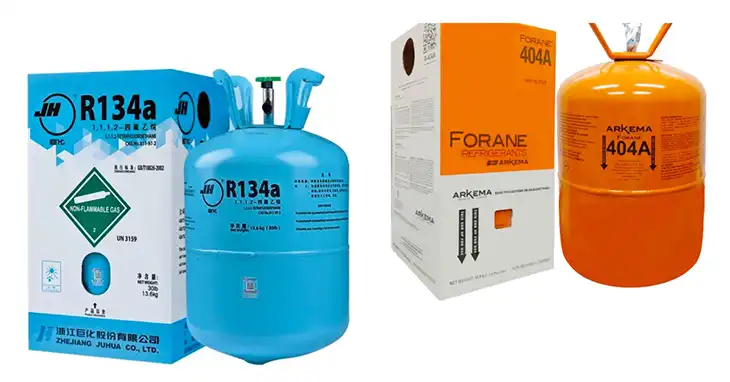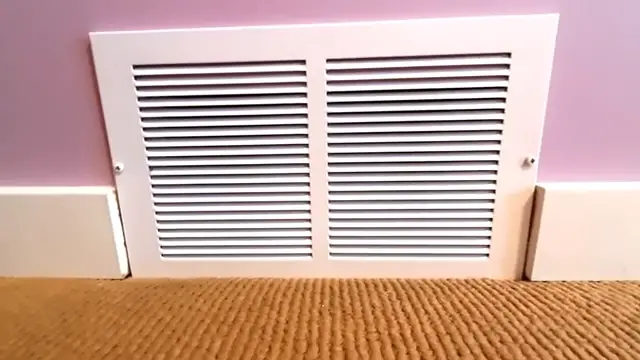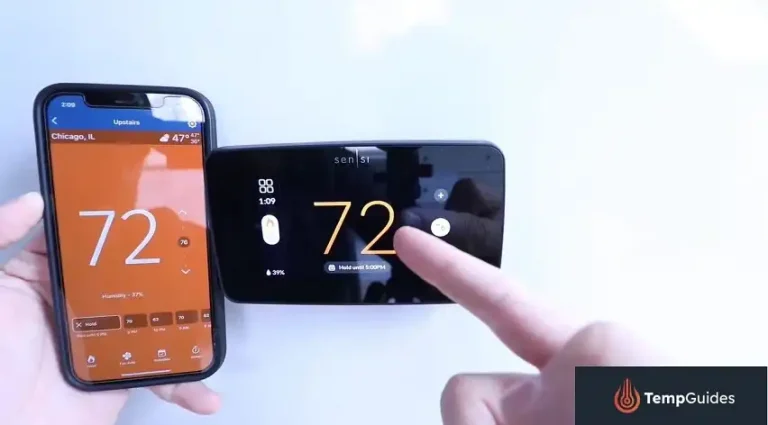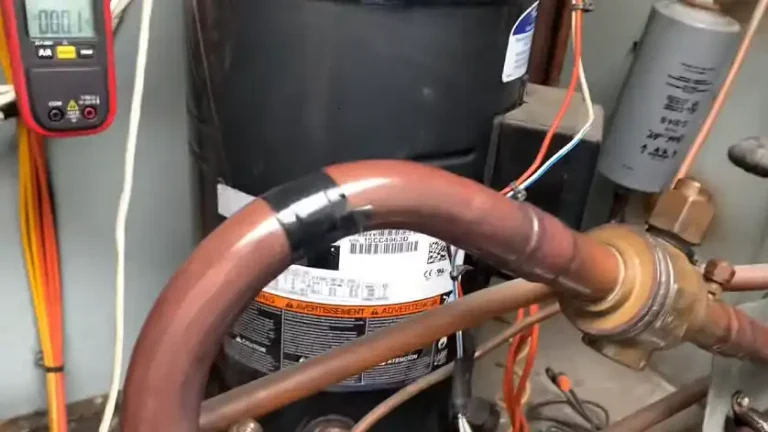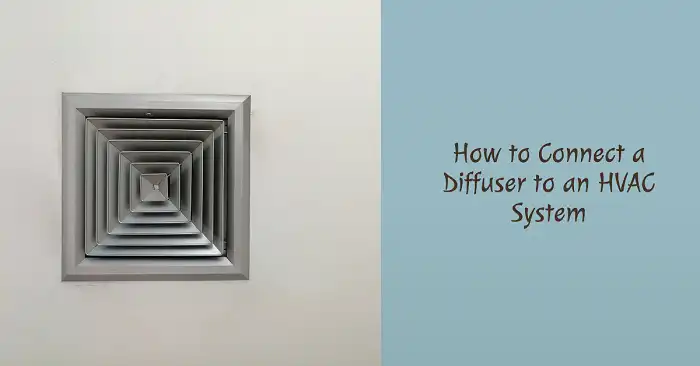HRV vs ERV Ventilation | Explained
Poor ventilation can lead to a buildup of pollutants, allergens, and excess moisture, creating an unhealthy living or working environment. To address this issue, two popular ventilation systems have emerged: Heat Recovery Ventilators (HRVs) and Energy Recovery Ventilators (ERVs).
Both HRVs and ERVs are designed to provide fresh air exchange while recovering energy from the outgoing stale air. However, they differ in their approach to handling moisture, making them suitable for different climatic conditions and applications. HRVs are typically recommended for colder regions, while ERVs are more efficient in hot and humid areas.
As you go through this guide, you’ll gain a deep understanding of the principles behind HRVs and ERVs, their advantages and disadvantages, and the factors to consider when choosing the right ventilation system for your home or building.
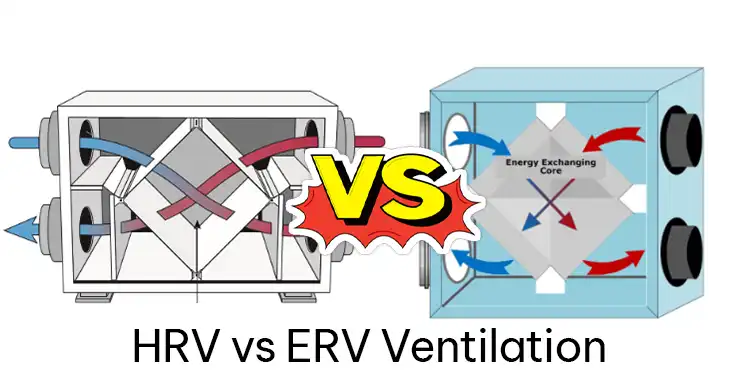
Heat Recovery Ventilator (HRV)
A Heat Recovery Ventilator (HRV) is a mechanical ventilation system designed to exchange stale indoor air with fresh outdoor air while recovering a significant portion of the heat energy from the outgoing air. This process helps maintain a comfortable indoor temperature and reduces energy costs associated with heating the incoming cold air.
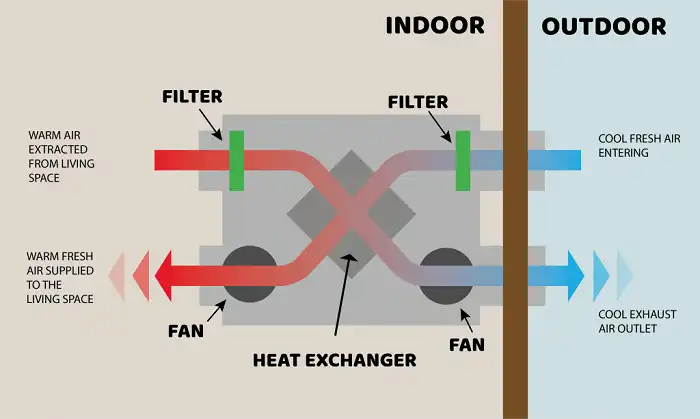
Here’s how an HRV works:
- Incoming fresh air and outgoing stale air pass through separate chambers within the HRV unit.
- A heat exchange core, typically made of aluminum or plastic, facilitates the transfer of heat from the outgoing air to the incoming air without allowing the two airstreams to mix.
- The heated incoming air is then distributed throughout the living or working space, providing fresh, tempered air.
HRVs are particularly effective in cold climates where heating costs can be significant. By recovering a large portion of the heat from the outgoing air, HRVs can significantly reduce energy consumption and associated costs.
Advantages and Disadvantages of HRVs
Here are the advantages and disadvantages of HRVs:
| Advantages | Disadvantages |
| Energy efficiency: HRVs can recover up to 80% of the heat energy from the outgoing air, reducing heating costs. | Limited humidity control: HRVs do not actively remove or add moisture to the incoming air, which can be a concern in extremely dry or humid climates. |
| Improved indoor air quality: Fresh outdoor air is continuously introduced, reducing indoor pollutants and allergens. | Potential for condensation: In colder climates, condensation can form within the HRV unit, requiring proper drainage and maintenance. |
| Moisture control: HRVs can help control indoor humidity levels by exhausting excess moisture from the living space. | Initial cost: HRVs can be more expensive to install compared to traditional ventilation systems, although ong-term energy savings may offset the initial investment. |
| Quiet operation: Modern HRVs are designed to operate with minimal noise, ensuring a comfortable living or working environment. |
Energy Recovery Ventilator (ERV)
An Energy Recovery Ventilator (ERV) is a mechanical ventilation system that not only recovers heat energy from the outgoing air but also transfers moisture between the incoming and outgoing airstreams. This additional moisture transfer capability makes ERVs particularly useful in hot and humid climates where humidity control is a priority.
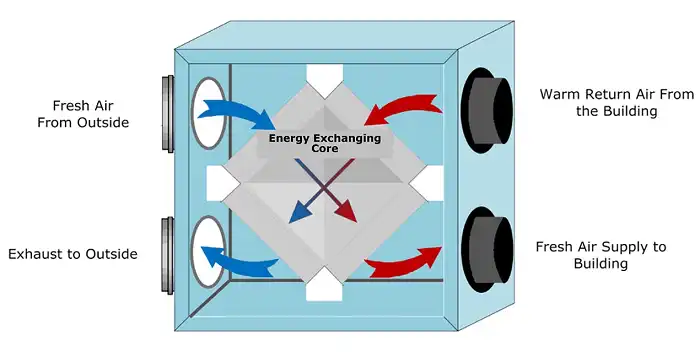
Here’s how an ERV works:
- Similar to an HRV, an ERV has separate chambers for incoming fresh air and outgoing stale air.
- The heat exchange core, typically made of a specialized membrane material, facilitates the transfer of both heat and moisture between the two airstreams.
- In addition to recovering heat energy, the ERV transfers moisture from the more humid airstream to the drier airstream, helping to maintain comfortable indoor humidity levels.
ERVs are particularly beneficial in areas with high humidity levels, as they can help reduce the need for additional dehumidification or air conditioning, resulting in energy savings and improved indoor air quality.
Advantages and Disadvantages of ERVs
Here are the advantages and disadvantages of ERVs:
| Advantages | Disadvantages |
| Energy efficiency: Like HRVs, ERVs can recover up to 80% of the heat energy from the outgoing air, reducing heating and cooling costs. | Higher initial cost: ERVs tend to be more expensive than HRVs due to the additional moisture transfer capabilities and specialized core materials. |
| Improved indoor air quality: Fresh outdoor air is continuously introduced, reducing indoor pollutants and allergens. | Potential for condensation: In extremely humid conditions, condensation can form within the ERV unit, requiring proper drainage and maintenance. |
| Humidity control: ERVs can effectively transfer moisture between the incoming and outgoing airstreams, maintaining optimal indoor humidity levels. | Limited effectiveness in dry climates: ERVs may not be as effective in very dry climates where humidity control is less of a concern. |
| Suitable for hot and humid climates: ERVs are particularly beneficial in hot and humid regions where humidity control is crucial. |
Factors to Consider When Choosing Between HRV and ERV
When deciding between an HRV and an ERV, several factors should be taken into consideration:
- Climate: The primary factor is the climate of your region. HRVs are more suitable for colder, drier climates, while ERVs are better suited for hot and humid areas.
- Humidity control needs: If maintaining optimal indoor humidity levels is a priority, an ERV may be the better choice due to its ability to transfer moisture between the incoming and outgoing airstreams.
- Energy efficiency goals: Both HRVs and ERVs can provide significant energy savings by recovering heat energy from the outgoing air. However, ERVs may offer additional savings in humid climates by reducing the need for dehumidification or air conditioning.
- Initial cost and installation: ERVs typically have a higher initial cost compared to HRVs due to their advanced moisture transfer capabilities and specialized core materials. Installation costs should also be considered.
- Building code requirements: Depending on your location, building codes may have specific requirements or recommendations for ventilation systems, which can influence your choice between an HRV and an ERV.
It’s important to consult with a professional HVAC contractor or building specialist to evaluate your specific needs and determine the most suitable ventilation system for your home or building.
Conclusion
In conclusion, choosing the right ventilation system between an HRV and an ERV is crucial for maintaining indoor air quality and energy efficiency. HRVs are ideal for colder, drier climates, while ERVs excel in hot and humid areas. Consider your local climate, humidity control needs, and energy goals when making your decision. Proper installation and regular maintenance are also essential for optimal performance. If you have any lingering questions, feel free to leave a comment below. Thank you for reading, and best wishes for a comfortable and healthy living environment.
Frequently Asked Questions
Can I Install an HRV or ERV Myself?
While it is possible to install an HRV or ERV as a DIY project for experienced homeowners, it is generally recommended to have a professional HVAC contractor handle the installation. Proper sizing, ductwork design, and integration with existing HVAC systems are crucial for optimal performance and efficiency.
How Often Do HRV and ERV Filters Need to Be Replaced?
The frequency of filter replacement depends on the specific system and usage, but generally, filters should be checked and replaced every 6 to 12 months. Consult your manufacturer’s recommendations for optimal maintenance schedules.
Do HRVs and ERVs Work in Extremely Cold Climates?
Both HRVs and ERVs can function in extremely cold climates, but additional measures may be required to prevent the freezing of the heat exchange core. Some systems come with built-in defrost mechanisms or require preheating of the incoming air to prevent ice buildup.
Can an HRV or ERV Be Installed in an Existing Home?
Yes, both HRVs and ERVs can be retrofitted into existing homes, provided there is sufficient space for the unit and ductwork. However, the installation process may be more complex and costly compared to new construction, as existing walls and ceilings may need to be modified.

